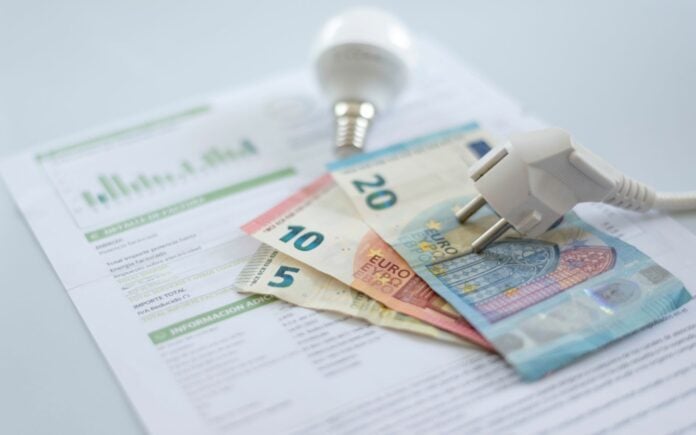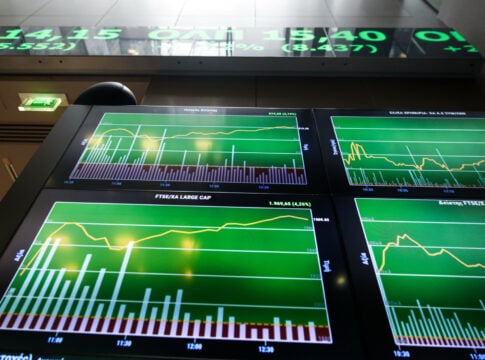Greece’s wholesale electricity market continues to de-escalate this month, pointing to a further reduction in the charges of “green” tariffs for the next month, which are expected to be announced on May 1.
In particular, the average wholesale electricity price for April is set seven days before the end of the month at 95 euros per Megawatt-hour, i.e. 10% lower than the previous month, which reached 105.09 euros/MWh, 38% lower compared to February (154.09 euros/MWh).
Although there are still 7 days until the end of the month, the current picture is expected to be maintained, “locking” the differences from month to month which in turn will be “translated” – within the reasonable framework of market operation – into reductions in the “green” electricity tariffs that represent the vast majority of household consumers.
The fluctuation of energy prices confirms, as market factors who spoke with “N” commented, the factor of “seasonality.”
In other words, weather conditions are emerging as a key parameter for price formation as they largely determine the energy mix from day to day, which in turn affects the daily fluctuation of prices. Spring and autumn, respectively, are characterized by increased RES production and low demand, which ends up “limiting” the participation of the more expensive natural gas in the energy mix.
Tariffs in April
The average price of “green” tariffs in April stood at 14.7 euro cents per kilowatt-hour. Last month it reached 19 cents per kilowatt-hour, resulting in a decrease of 4.3 cents. Charges in April range from 10.4 to 17.4 cents per kilowatt-hour.
In March, they started at 15.48 and reached up to 25 cents per kWh, without taking into account the subsidy granted in the previous month (1.5 cents). Therefore, the most expensive “green” tariff in the current month is at the level of the cheapest special product for March.
Even if the subsidy provided by the state (of 1.5 cents per kWh) is taken into account for March, the average “net” price was 17.7 cents per kWh. Compared to the average charge in April, this results in a 17% decrease.














